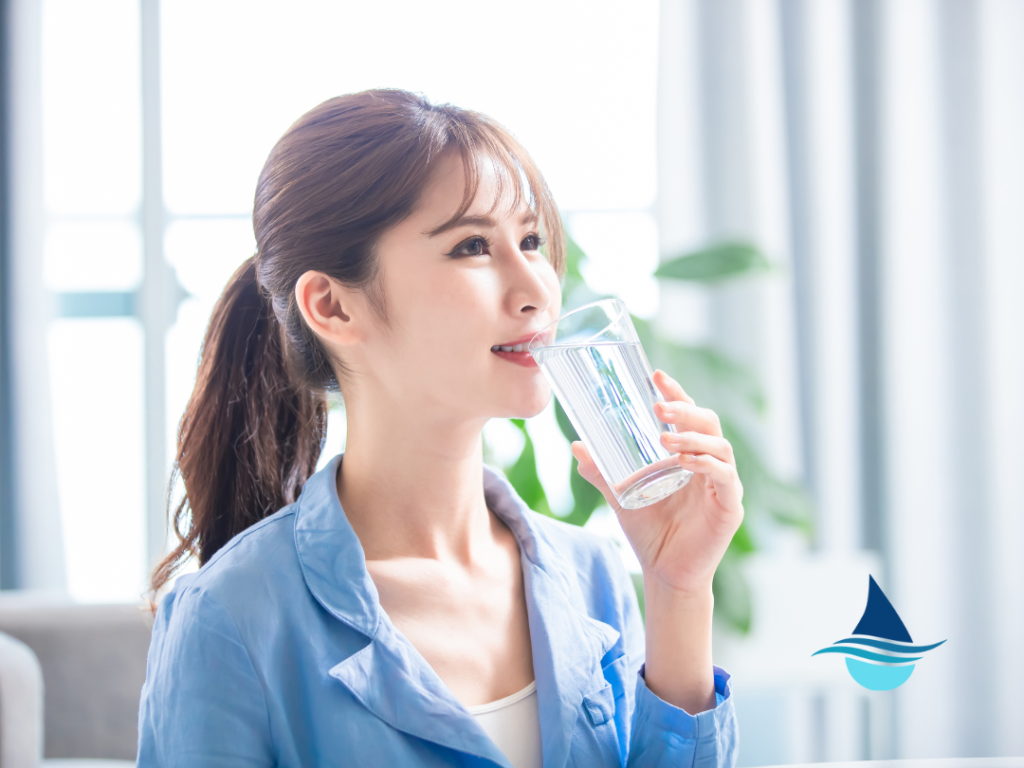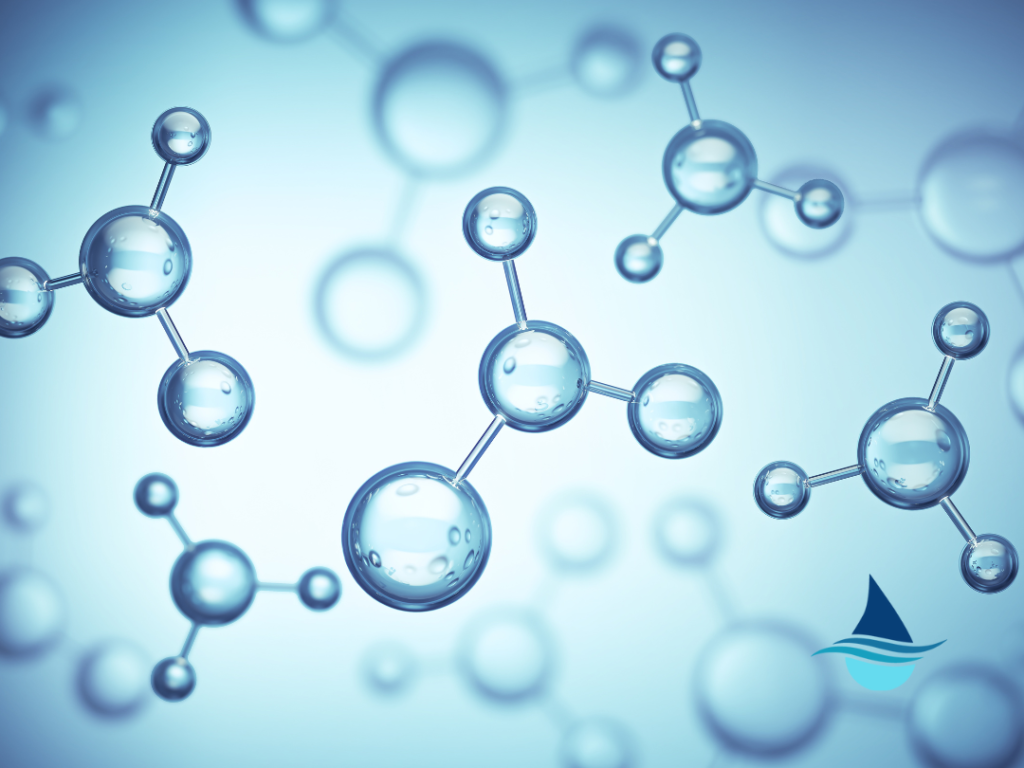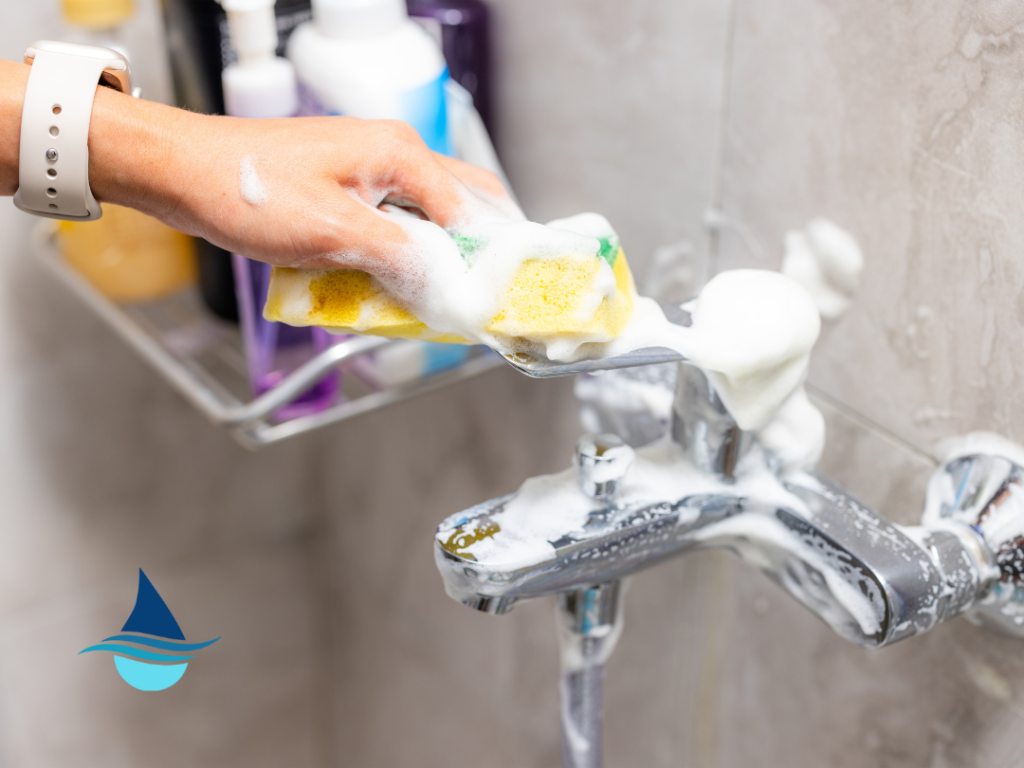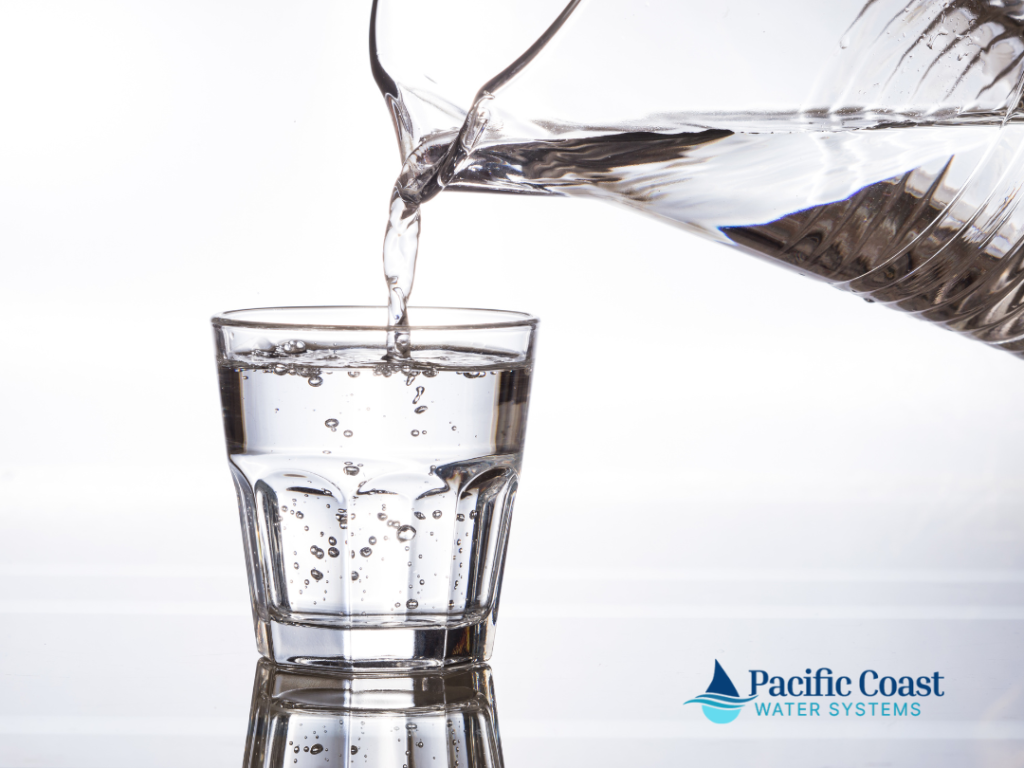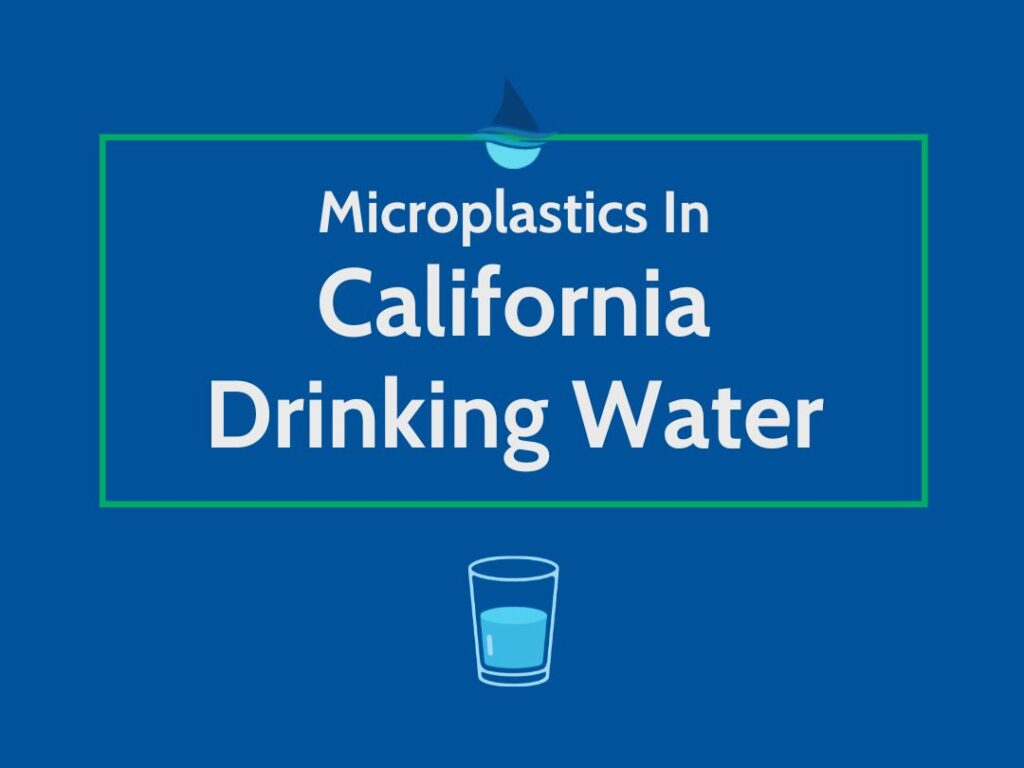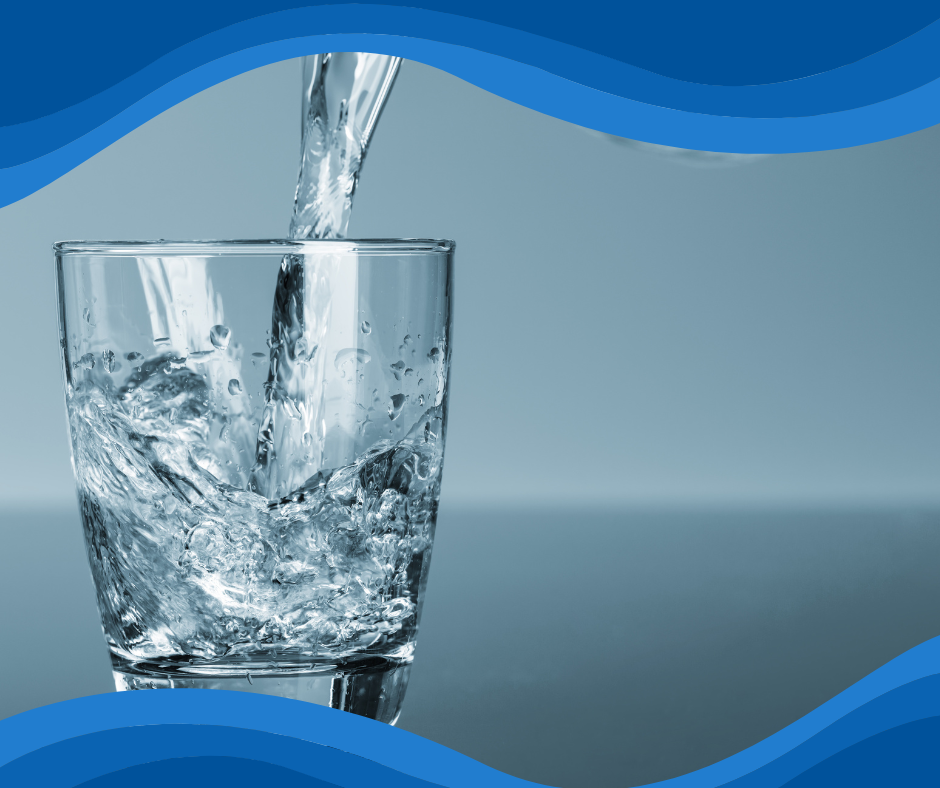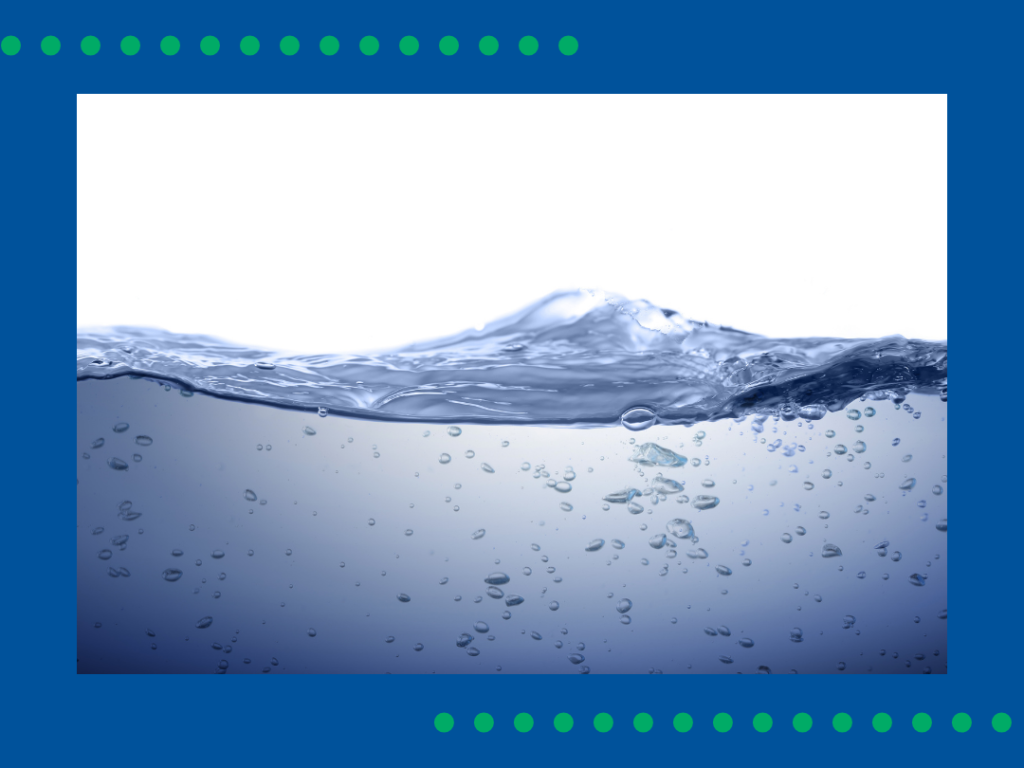Does Your Business Need a Commercial Reverse Osmosis System?

Water quality is a crucial factor for many businesses, impacting everything from product quality to equipment longevity and overall operational efficiency. One solution that has gained significant attention is the commercial reverse osmosis (RO) system. But does your business need one?
In this blog, we’ll explore the benefits, applications, and considerations to help you decide if a commercial RO system is right for your business.
How Does Reverse Osmosis Work?
Using a semi-permeable membrane, reverse osmosis systems filter out contaminants such as bacteria, viruses, and other molecules. The end result is high-purity water that can be used for a variety of purposes. Most commonly, however, RO systems are used to purify drinking water.
5 Key Benefits of a Commercial Reverse Osmosis System
1. High-Quality Water
Commercial reverse osmosis systems provide high-quality water by removing up to 99% of contaminants. This is particularly important for businesses that rely on pure water for their operations. These include food and beverage manufacturers, pharmaceutical companies, and businesses engaged in electronics production.
2. Cost Savings
The initial investment in a commercial reverse osmosis system can be substantial. However, the long-term cost savings are significant and the benefits typically outweigh any disadvantages. By providing pure water, these systems reduce the need for expensive bottled water. They also lower the repair, maintenance, and replacement costs associated with machinery damaged by scaling or corrosion.
3. Improved Product Quality
For many businesses, water quality directly affects the quality of the goods or products they produce. This is especially true for food, beverage, electronics, and pharmaceutical industries. Using RO water for everyday processes guarantees that the products produced are contaminant-free.
4. Environmental Benefits
By producing high-quality water on-site, businesses that use a commercial reverse osmosis system can reduce their reliance on bottled water. This helps to decrease plastic waste as well as the carbon footprint associated with its transportation and disposal.
5. Enhanced Equipment Longevity
Commercial reverse osmosis systems remove minerals and other contaminants that could accumulate inside equipment. Without mineral buildup that could cause scaling, corrosion, and breakdowns, equipment often lasts longer and requires fewer repairs. This can help companies save a significant amount of money in terms of machinery repairs, maintenance, and replacement.
Common Applications of Commercial Reverse Osmosis Systems
1. Food and Beverage Industry
In the food and beverage industry, water purity is crucial for maintaining product taste and safety. RO systems ensure that the water used in production processes is free from contaminants.
2. Healthcare and Pharmaceuticals
Pharmaceutical manufacturing and healthcare facilities require ultra-pure water to prevent contamination in medications and laboratory procedures. Commercial reverse osmosis systems meet these stringent water quality standards.
3. Electronics Manufacturing
Electronics manufacturing requires high-purity water for rinsing and cleaning components. RO water prevents mineral deposits that could affect the performance of electronic devices.
4. Hospitality Industries and Restaurants
Restaurants, hotels, and cafes benefit from RO systems by improving the taste of water and beverages, ensuring the quality of ice, and enhancing the longevity of kitchen equipment.
What Should Your Business Consider Before Installing a Commercial Reverse Osmosis System?
As you work through the decision making process, there are some important things for your business to consider:
- Initial Cost: Commercial reverse osmosis systems involve an initial investment for purchase and installation. However, the long-term savings and benefits often justify this expense.
- Maintenance Requirements: Just like any other appliance or piece of equipment, routine maintenance is essential for the efficiency and performance of a reverse osmosis system. Some maintenance procedures may be completed by in-house staff members but others may require the expertise of a water treatment professional.
- Water Waste: Commercial reverse osmosis systems produce some wastewater. It’s important to consider how this will be managed and whether it can be reused or recycled within your facility. This is especially important in areas like California where water usage is often heavily regulated and restricted.
- Water Pressure and Quality: RO systems require adequate water pressure and pre-treatment if the incoming water has high levels of certain contaminants. A water quality test is essential. This will help you gain a greater understanding of your water’s current condition and the amount of contaminants that will need to be removed.
Affordable and Effective Commercial RO Systems in Anaheim, CA
A commercial reverse osmosis system can be a valuable asset for businesses that prioritize water quality. From improving product quality to enhancing equipment longevity and achieving cost savings, the benefits are substantial. However, it’s important to weigh the initial investment, maintenance requirements, and water waste management before making a decision.
At Pacific Coast Water Systems, we know how important a reliable source of quality water is for many businesses. That’s why we have experienced technicians on staff who can install and maintain your RO system as well as provide 24-hr emergency service. In addition, our commercial water treatment options go beyond reverse osmosis systems. We also offer water softeners, portable exchange tank service, and drinking water coolers to businesses in Anaheim, Placentia, Yorba Linda, Villa Park, and surrounding areas.
Contact us today to find the best water treatment solution for YOUR business!



